I did a post on instagram asking about what everyone thought the most important attribute of anchor building was. I used the acronyms EARNEST and SERENE for some examples. So lets look at EARNEST and see what each letter stands for and also why it is important or not.
Equalized
We have now started to move away from the term equalized and more towards distribution of forces as we have found equalization to be fairly unachievable even in lab settings. “Equalized” can still work in theory as we work to see pieces getting similar amounts of force when pieces or of similar integrity. Distribution of force looks more to ways to project the most force on what the anchor builder deems to be the stronger pieces.
Angle
We all know smaller angles put less force on pieces of protection and wider angles create large “vector” forces. Of course we might choose a large angle in some cases to get a master point in a specific place when we only have a few choices in what protection we can use. I am thinking of a single pitch scenario where two trees are close to an edge but not directly over the climb. If the trees are well rooted and quite large it would be hard to imagine a force in climbing that could pull the trees out of the ground even if the angle of the legs was approaching 180°. I would likely be more worried about my attachment points…
Redundant
This has been an interesting attribute that I have seen many folks talk about in the #anchoroftheday posts. It seems redundancy ranks way up there for many climbers in anchor building even though we use many things that are not redundant. For instance climbers will go buy a 8.8mm single rope and whip on it repeatedly but question a two cam anchor in bomber granite. I feel we need to start re-adjusting our thought process here. When we take a leader fall we (usually) fall on a single piece of protection. This should be a greater amount of force than anything we put on the anchor. Sure we could take a factor two fall onto an anchor, but does more pieces make you feel better? Or do stronger pieces make you feel better? For me it is the latter.
Another note with redundancy. When we are always building 3 or maybe even 4 piece anchors we now have possibly 8 pieces of gear in anchors alone. This makes us have to carry more gear. Which of course is a bit heavier. This can slow us down or even make us need to place more gear because the likelihood of falling is greater. So over redundancy could actually get us into problems.
Here a single horn is used for a 5.4 pitch of rock climbing.
Redundancy can cover up mistakes. So really this is where the importance comes into play. For beginning trad climbers it is a good idea to place at least 3 pieces. With training and experience you will start to see nuances of when you can for go the extra piece and thus your climbing can stay at the same level of security but gain efficiency.
Non-Extending
We don’t like anchors to extend if we have a failure in the system because it means a shock load or high amount of force on another piece. This is true but physics still applies here. So a load will accelerate at 9m/s^2. But the load can only travel and accelerate as long as the material in the anchor before the force hits the next piece of the anchor. Think about a quad, maybe a foot? So if our pieces are strong, extension is not really an issue in the first place, but can stop the domino effect if something wasn’t recognized.
Strong
Here we are. In my opinion the greatest attribute to anchors. Of course the question is how strong do they need to be. This is where the variability comes in. What about a seated hip belay? Is that strong? Depends on the force you are going to put on it? What about a huge well rooted tree? What about a single bolt or single cam; and remember we take huge whippers on these all the time. If something is unequivocally strong, we don’t need the be so caught up in trying to achieve other attributes of anchor building.
We take leader falls on single pieces of gear all the time, and they hold!
Now where can this go wrong?
What if that one bolt you clipped to was not placed well and you did not notice? What if the tree was de-carpeting off of the ledge and it was to dark to see it? What if that boulder was only being held up by a pebble underneath? So really human error is why we might need to use some of the other anchor building theories to keep us safe but in general, when something is strong enough, well it is strong enough.
Timely
This attribute is one that always makes me compromise on strength. I could take longer to build a stronger anchor, but do i need it? And two, is it worth the time. In a single pitch setting where I can pull my rope and go home time doesn’t matter outside of how much climbing you want to get in that day. However, in the big mountains or on multi-pitch climbs looking around for that 3rd piece of pro for your anchor could be the time savings you needed to be off the top before that thunderstorm. So here I compromise. But I do this with years of playing around in single pitch terrain and smaller multi-pitch climbs perfecting my anchor building craft.
So lets make strong anchors! And if we feel we need to add another piece; well we should. But remember you may be costing yourself valuable time that could cause an issue down the road.
Tag me on instagram and hashtag #karstenanchoroftheday to get featured!

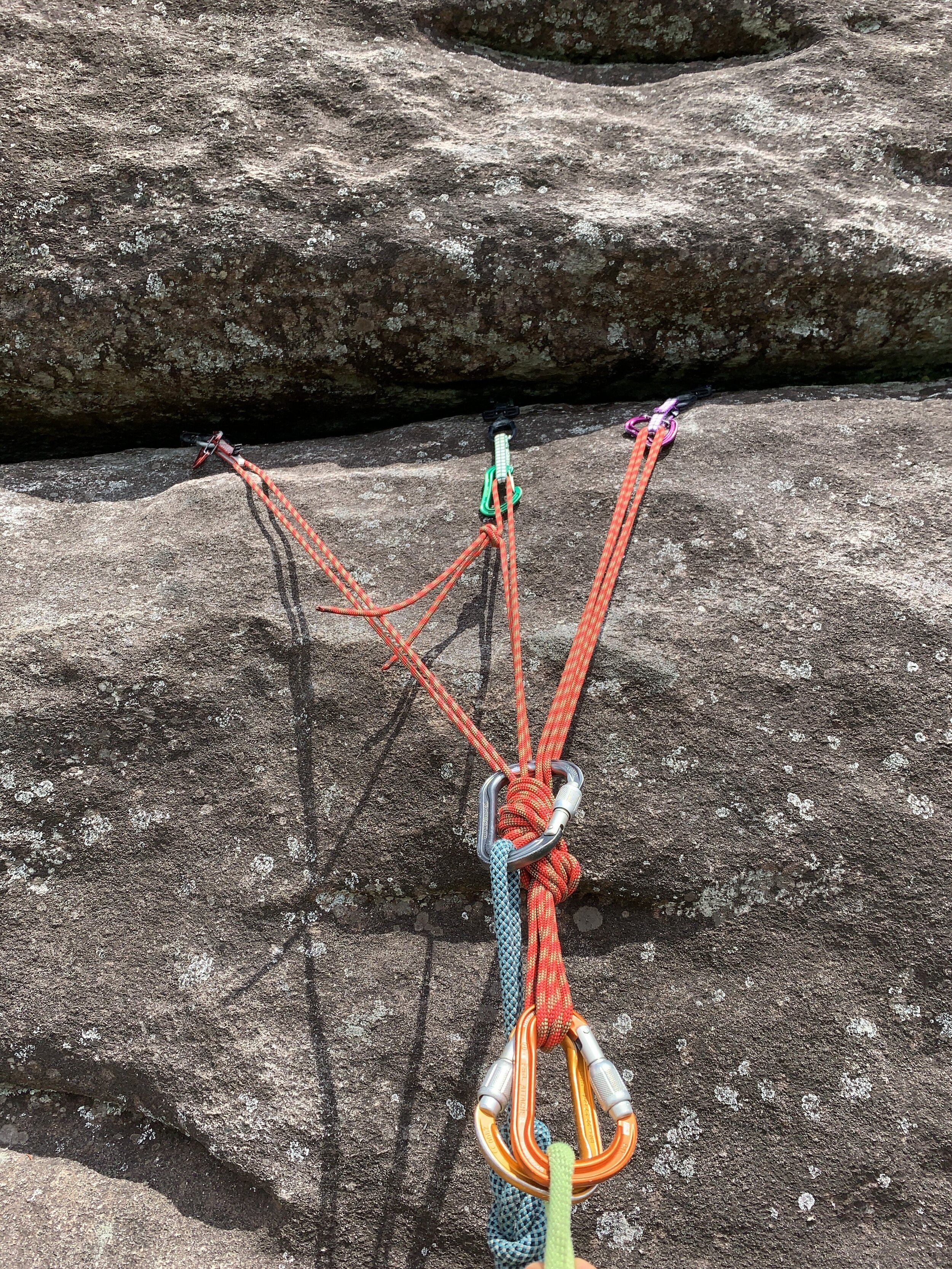
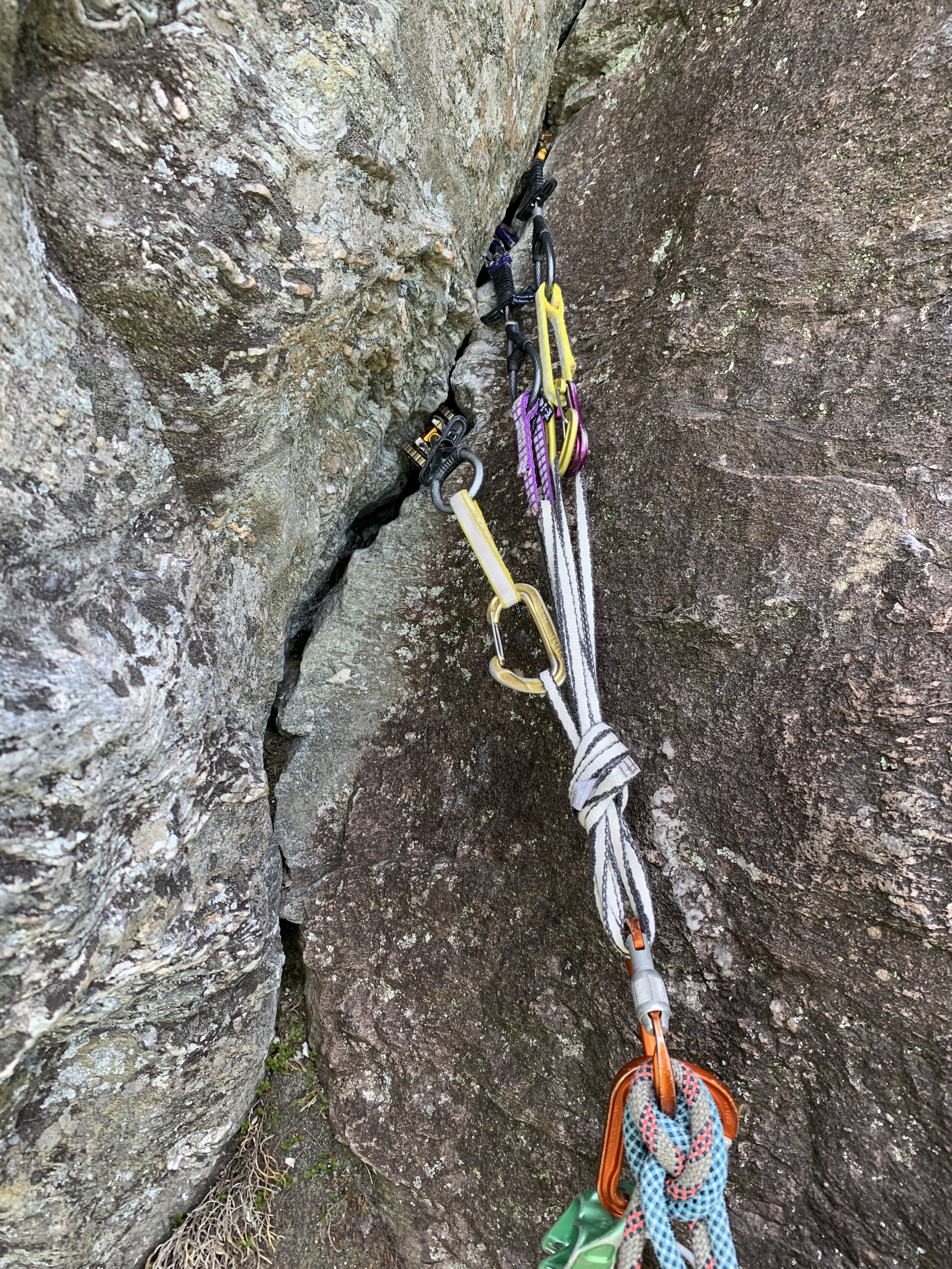
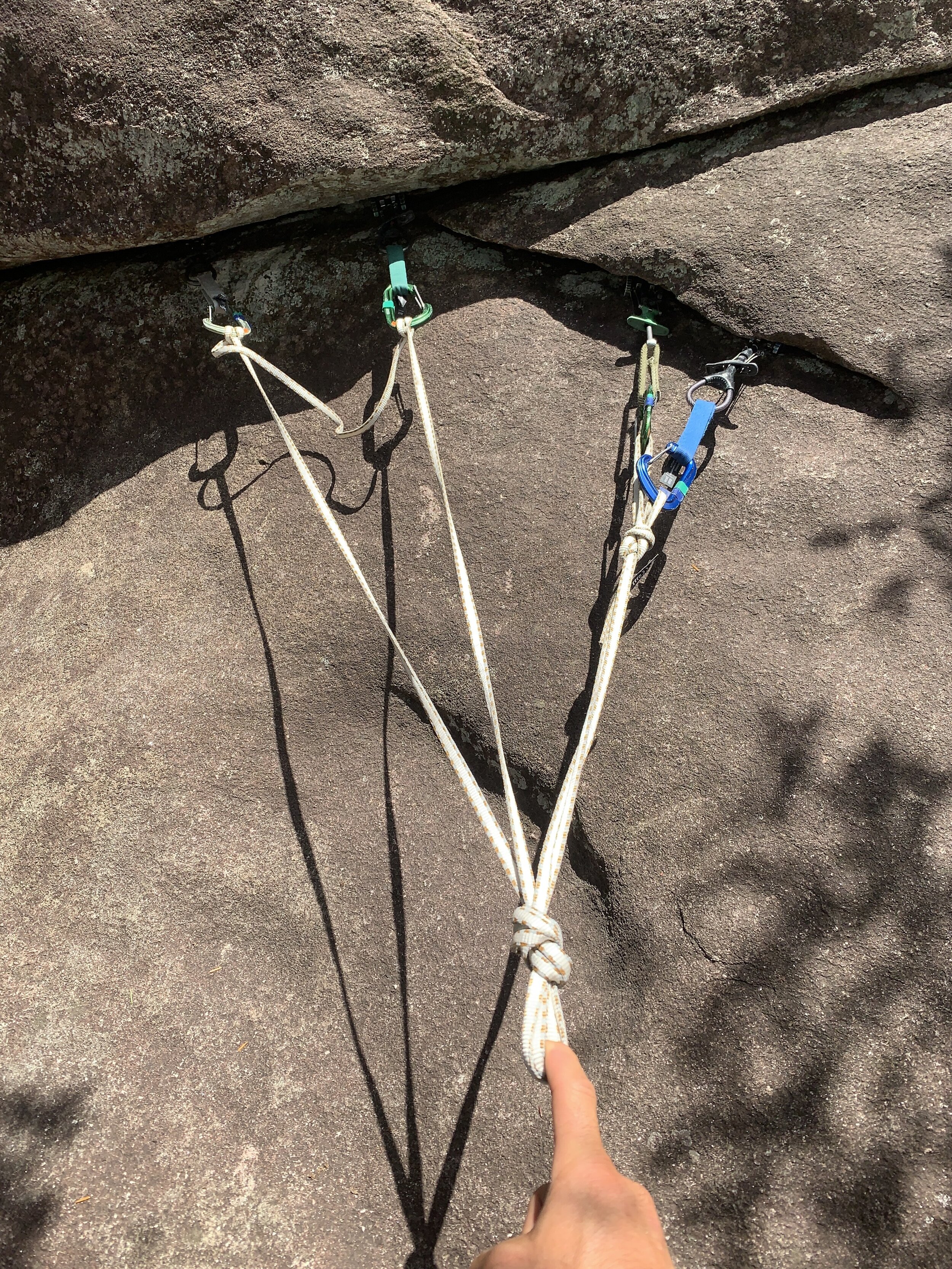
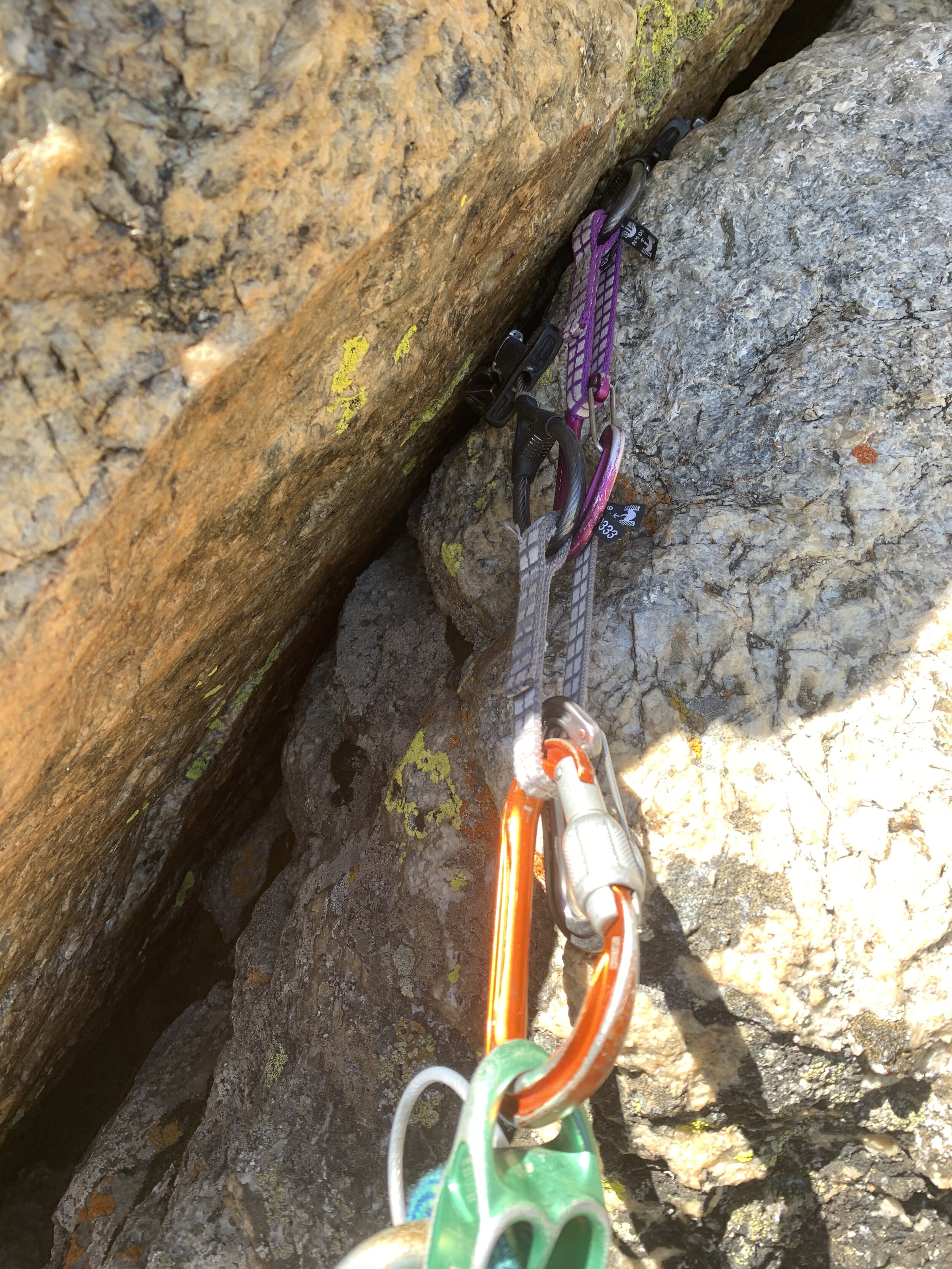

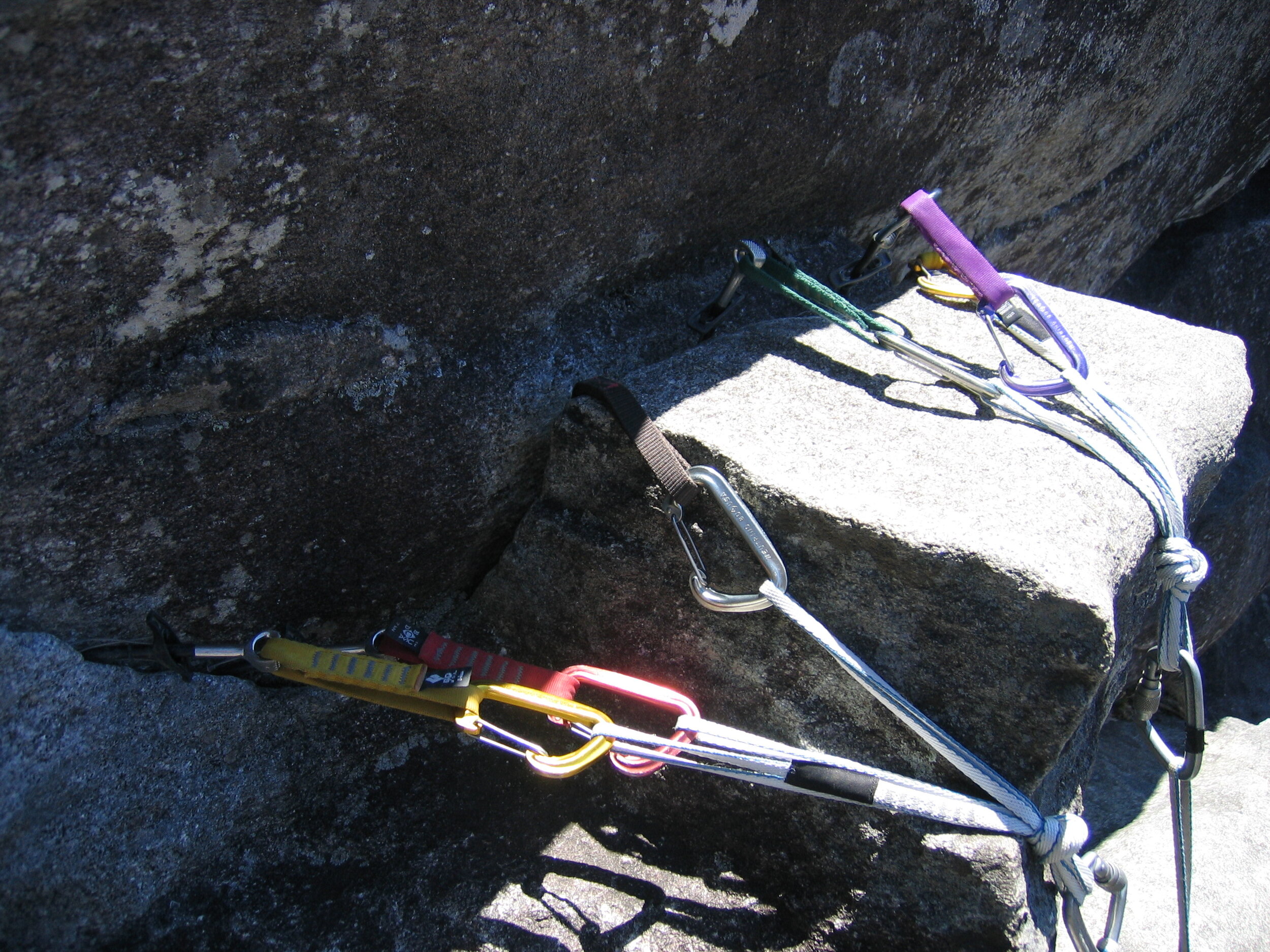
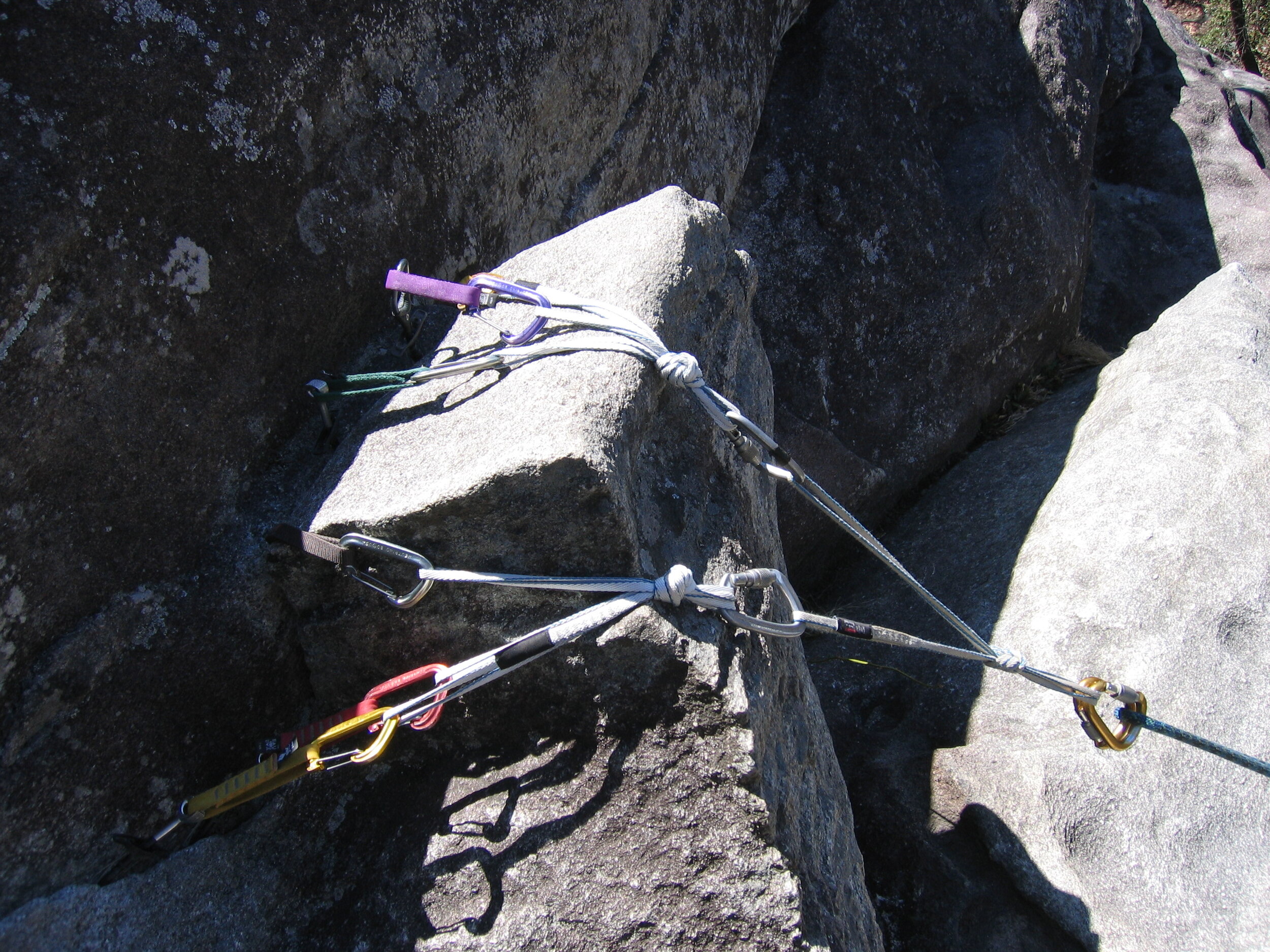
![IMG_1161[1].JPG](https://images.squarespace-cdn.com/content/v1/5de19304046bfb2883feb376/1599613342914-D2XNCQFOZCUPOW0I46A5/IMG_1161%5B1%5D.JPG)
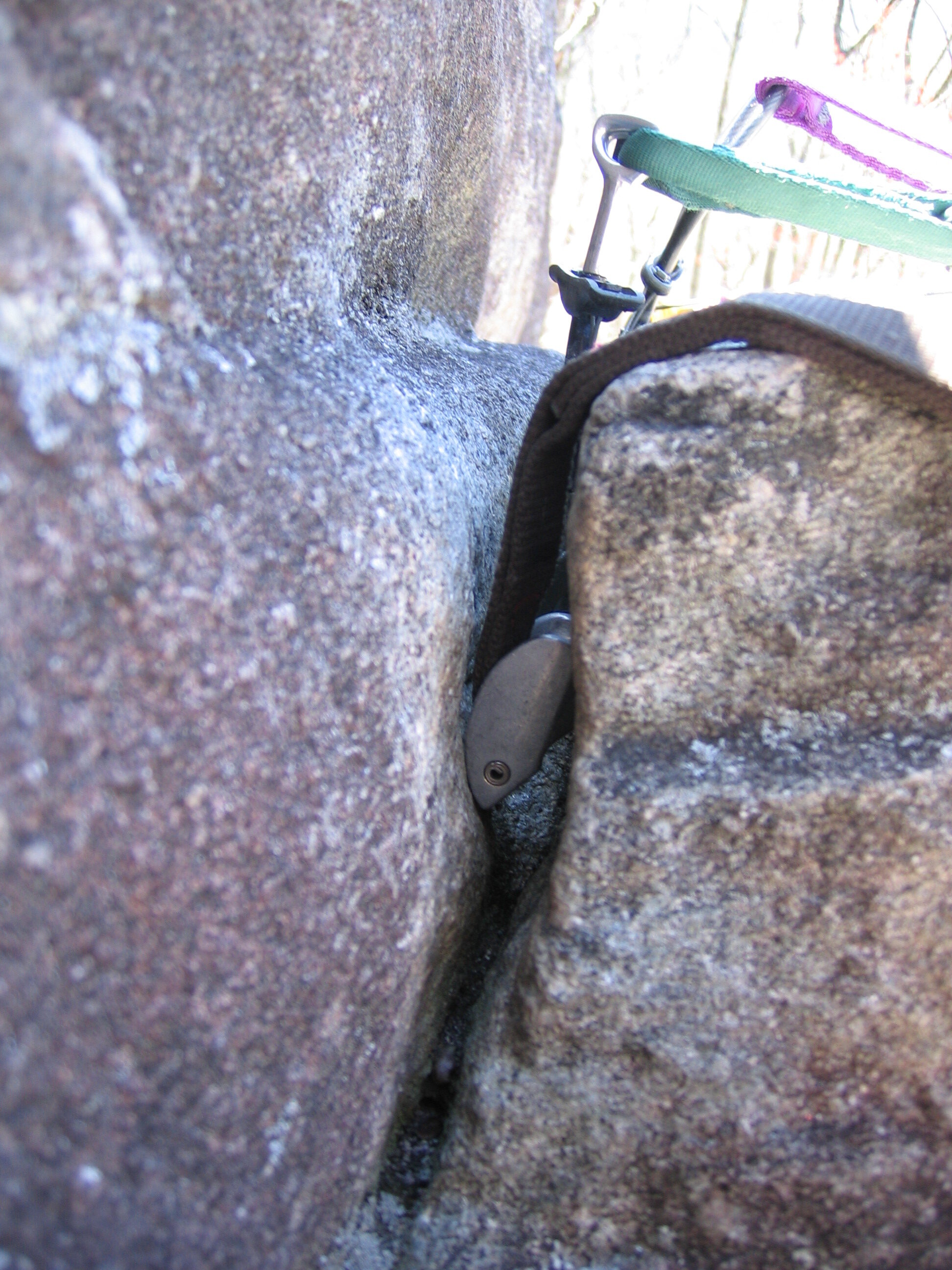
![IMG_1163[1].JPG](https://images.squarespace-cdn.com/content/v1/5de19304046bfb2883feb376/1599613347719-XB4NSW1MFKL5E0WOHTW4/IMG_1163%5B1%5D.JPG)
